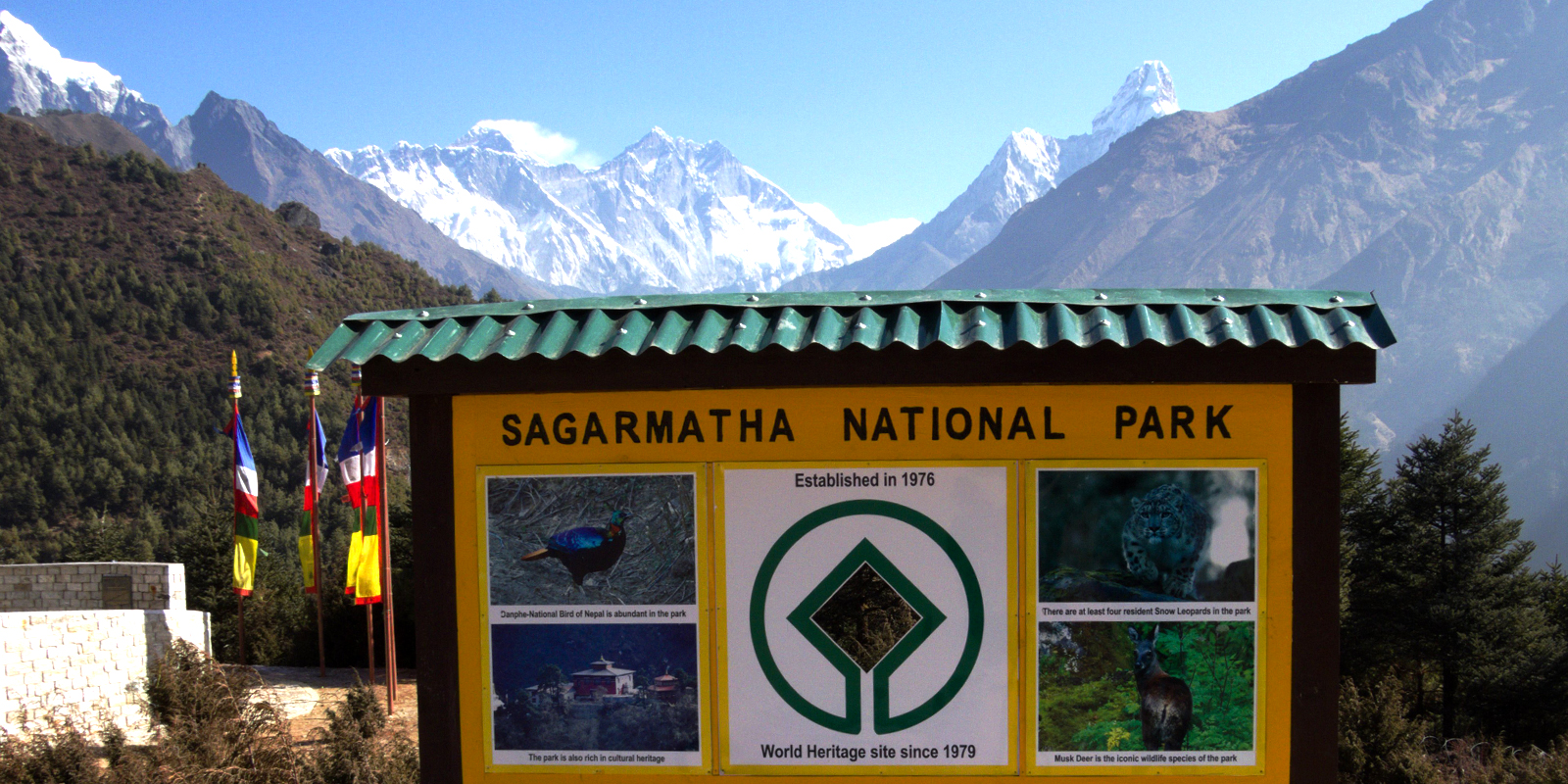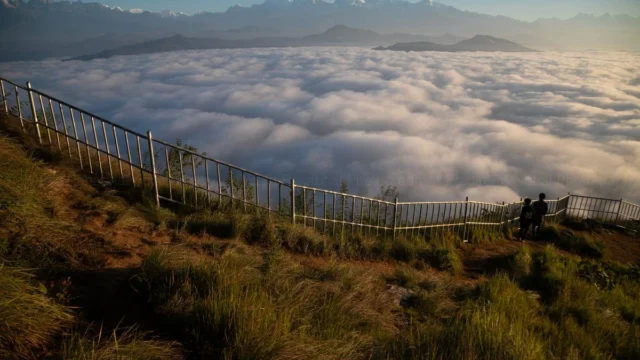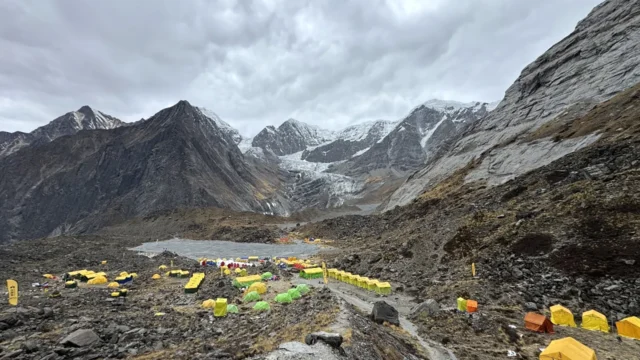Sagarmatha National Park, a UNESCO World Heritage Site, continues to be a cornerstone of Nepal’s thriving tourism industry. Nestled in the Solukhumbu District of Nepal, this park is home to Mount Everest, the highest peak in the world, and offers an unparalleled experience for adventure enthusiasts and nature lovers alike.
A Natural Paradise
Established in 1976, Sagarmatha National Park spans over 1,148 square kilometers. The park’s diverse ecosystem encompasses a wide range of flora and fauna, including rare species such as the snow leopard, red panda, and Himalayan tahr. The region’s stunning landscapes, from lush forests to rugged mountains, provide a unique opportunity for trekkers and mountaineers to explore one of the world’s most pristine natural environments.
Gateway to Everest
For many, Sagarmatha National Park is synonymous with the Everest Base Camp trek. This iconic trek attracts thousands of visitors annually, offering a challenging yet rewarding journey through picturesque Sherpa villages, vibrant monasteries, and breathtaking mountain vistas. The trek not only provides a physical challenge but also a cultural immersion, as visitors interact with the local Sherpa community renowned for their hospitality and mountaineering expertise.
Sustainable Tourism Initiatives
The park authorities and local communities have been actively working towards promoting sustainable tourism practices to preserve the natural and cultural heritage of the region. Efforts include waste management programs, eco-friendly lodging options, and awareness campaigns aimed at educating visitors on the importance of protecting the environment.
Economic Impact
Tourism in Sagarmatha National Park plays a significant role in the local economy. It provides employment opportunities for guides, porters, and hospitality workers, thereby improving the livelihood of the local population. The influx of tourists also supports small businesses, from local handicrafts to eateries, further boosting the economic status of the region.
Future Prospects
With the ongoing development of infrastructure and improved accessibility, Sagarmatha National Park is poised to attract even more tourists in the coming years. The government and tourism stakeholders are committed to ensuring that tourism growth is balanced with the need for conservation, ensuring that future generations can continue to enjoy this natural wonder.
Sagarmatha National Park stands as a testament to Nepal’s rich natural heritage and its potential as a premier tourist destination. As visitors from around the world flock to this breathtaking region, the harmonious blend of adventure, culture, and sustainable tourism will continue to make it a must-visit location on the global travel map.






